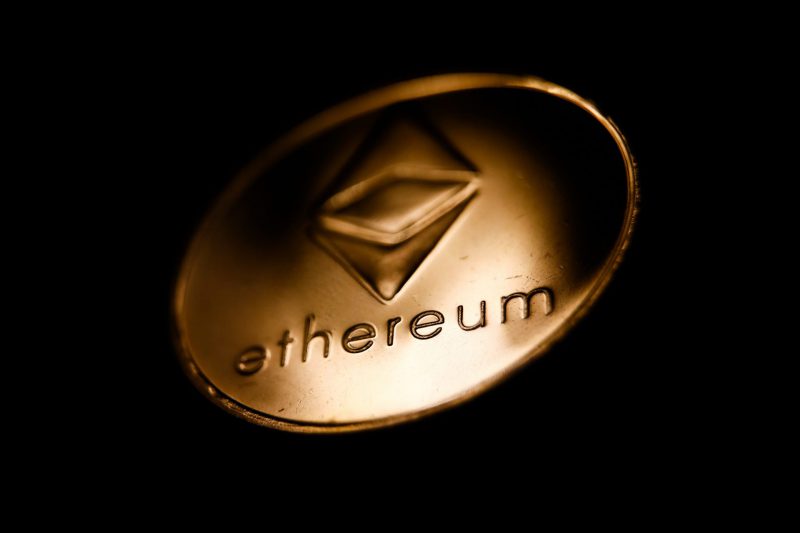ETH is now facing inflationary pressures that could influence its market value, according to industry analysts. The Ethereum network has experienced a significant drop in network activity. In particular, network fees plummeted by over 9% within a single week. It reached a nine-month low at $22.1 million, as reported by blockchain analytics firm IntoTheBlock.
The consequence of this decline in network fees is the inflationary trend seen in the supply of ETH. This change is attributed to the fact that fewer ETH tokens are burned to verify transactions compared to the number being created. Data from Ultrasound.money underscores this shift.
Layer 2 Networks impacted Ethereum
One of the key drivers behind the drop in network fees is the increasing adoption of Layer 2 networks. These solutions aim to improve the scalability and efficiency of Ethereum by processing a significant portion of transactions off the main blockchain. According to Lucas Outumuro, the research head at IntoTheBlock, this trend is likely to persist in the near term.
The shift from deflationary to inflationary dynamics within the Ethereum network marks a departure from the narrative that emerged following last year’s Merge upgrade. This significant network upgrade transitioned Ethereum from a proof-of-work consensus mechanism to a proof-of-stake model.
Also read: Ethereum Has Been Disappointing Since Shanghai Upgrade: JPMorgan
Adding to the concerns surrounding Ethereum’s recent performance, JPMorgan analysts released a report highlighting the underwhelming impact of the much-anticipated Shanghai upgrade. Despite high hopes for this upgrade, it failed to boost network activity. Key metrics, including transaction counts, active addresses, and total value locked on the blockchain, have all experienced declines since April.





